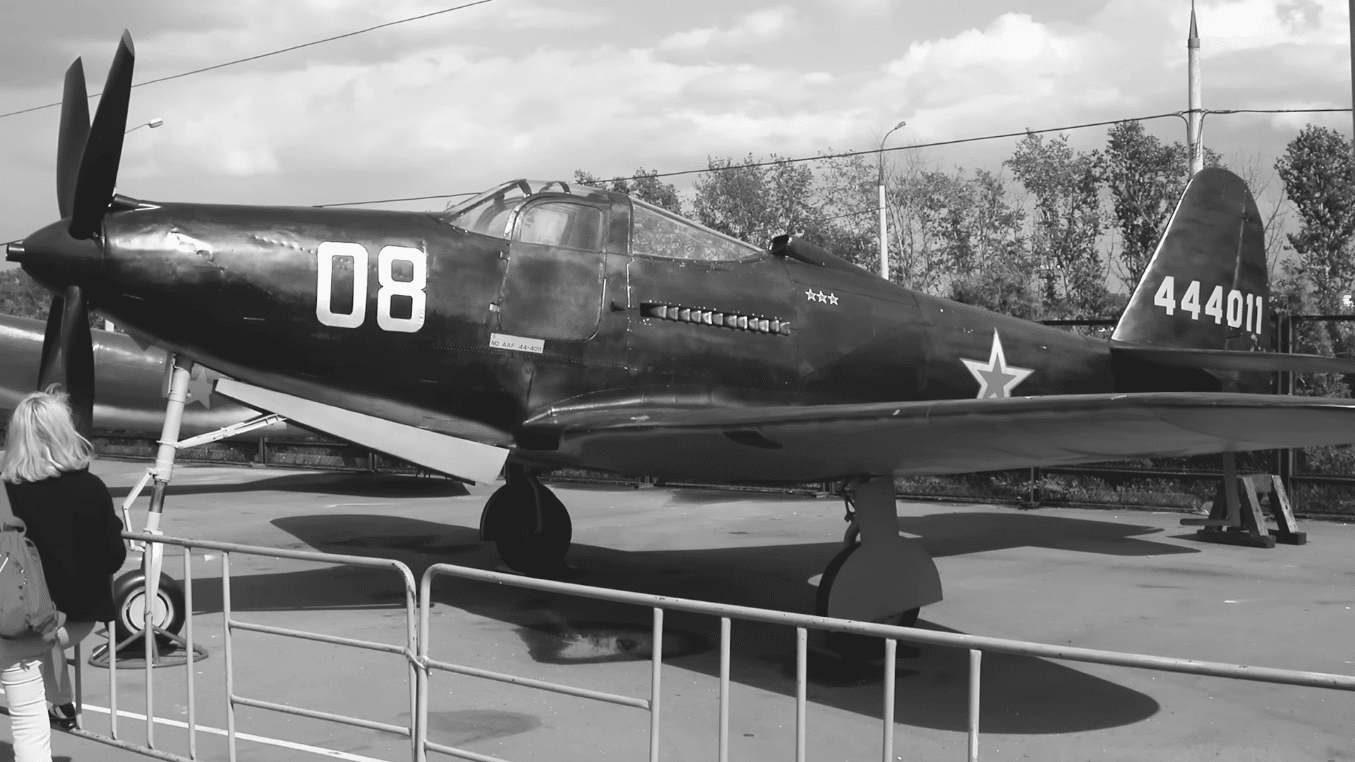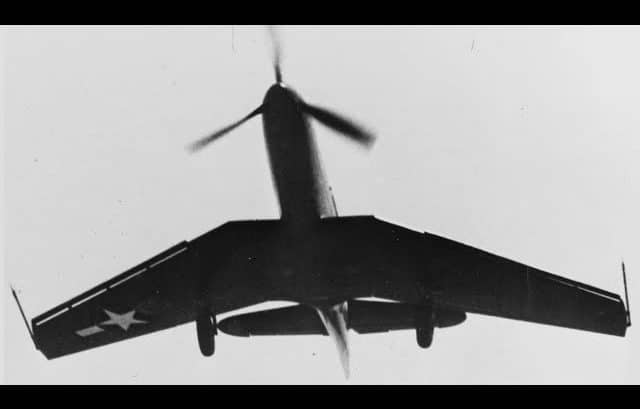The Bell P-63 Kingcobra is an American fighter aircraft that was based on its predecessor, the Bell P-39 Airacobra.
However, weeks before its completion, North American introduced its newest P-51 Mustang variation, with a Rolls Royce Merlin engine inside its hull. Still, the Kingcobra’s influence is far from over.
Let us walk you through the most underrated aircraft of WWII:
Family History
Bell Aviation had the luck of finishing one of its designs just when the war was about to start. This innovative proposal will eventually be known as the Bell P-39 Airacobra.
The USAAF, however, wasn’t impressed with the capabilities of the P-39, especially its poor high-altitude performance, deciding that it wasn’t the US needed to become the US’ leading fighter aircraft.
A New Hope
Just when its predecessor was being flown into battle by the Soviets, a new aircraft design based on the airframe of the Airacobra was in the works. The USAAF believed, as did Bell, that with just some significant modifications, the core design of the P-39 could become the high-altitude powerhouse the US was looking for.

Before the P-39 had even flown, the USAAF placed an order for two prototypes of an enlarged version of the Airacobra. A third prototype was then ordered, powered by the Packard V-1650 engine, the US-built version of the Rolls-Royce Merlin engine. These enlarged prototypes would eventually become one of the first P-63 Kingcobras in the world.
Ring A Bell
Despite all of Bell’s efforts, their new model was doomed to repeat its predecessor’s fate. By this time, the USAAF concluded that the Kingcobra was inferior to the Mustang in terms of high-altitude performance, range, and armament. Thus, they declined to order more.

Even when Bell focused on enhancing the P-39’s high-altitude performance, when building the P-61, it showcased similar limitations in high-altitude aerial combat, limiting its effectiveness in specific roles. The US then quickly opted for the more capable Mustang. The Kingcobra was eventually degraded as a second-class fighter that was primarily used for ground attack roles.
Back to Russia
Although the US was primarily concerned with a powerful fighter that was capable of escorting its strategic bombers, the Soviet Union was waging a much more savage and tactical conflict on their territory, desperately needing a ground attack fighter.

After their favorable experience with the Airacobra, the Soviets opted to seek its more powerful successor, placing a large order for Kingcobras.
Redemption
Under the control of the Soviet pilots, the Kingcobra became a rugged and capable fighter that saw some action, especially during the short Soviet-Japanese war of 1945.
Most Soviet pilots held the Kingcobra in high regard, praising its impressive rate of climb, firepower, and maneuverability. Ultimately, the aircraft played a significant role in WWII as a highly efficient fighter aircraft used by the Soviet Union.

Its advanced features, such as its powerful engine and armament, made it a formidable opponent when it comes to air-to-air combat. Its versatility and reliability made it well-suited for ground attack and reconnaissance missions.



